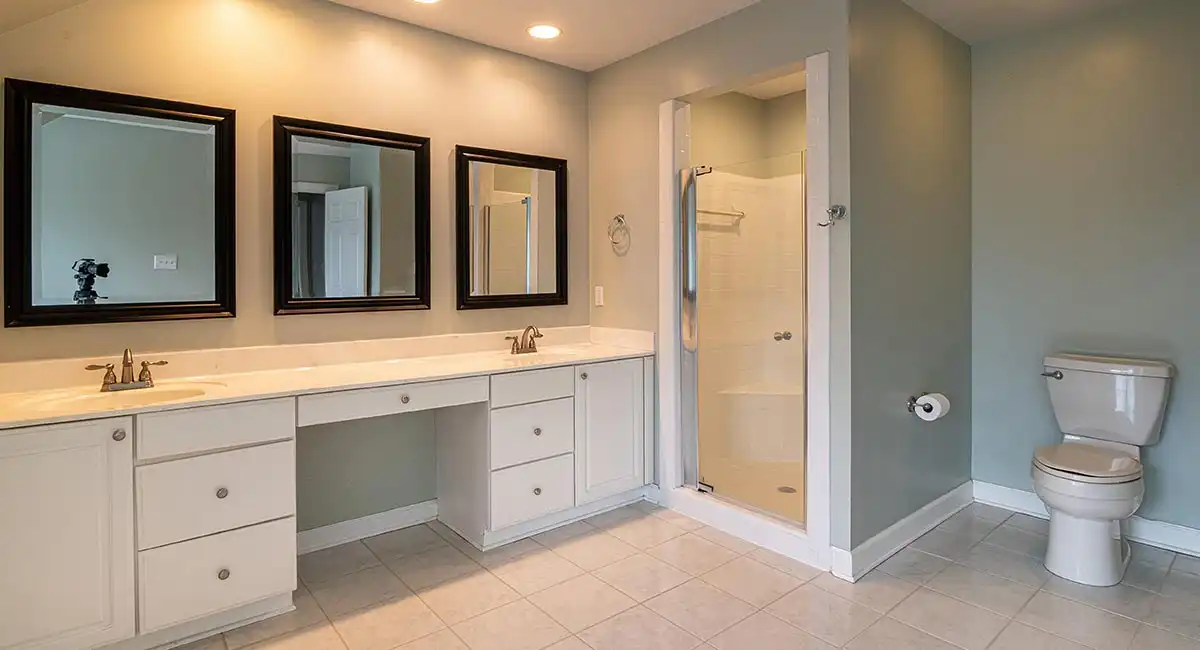Decorative base paper, an essential component in the realms of crafting, interior decoration, and furniture design, has significantly evolved over the years. While its aesthetic appeal and versatility have made it a popular choice, users often encounter several challenges. This article delves into these common issues, offering insights and historical perspectives to better understand and mitigate these problems.
1. Color Fading: A Persistent Issue
The vibrancy of decorative paper is one of its main attractions. However, color fading remains a persistent issue. Historically, the use of organic dyes, which were prone to fading under sunlight, contributed significantly to this problem. Modern papers use more stable inks, but prolonged exposure to light can still cause fading.
Protective coatings and UV-resistant treatments are essential for preserving the color integrity of these papers. The finish foil paper from Dawei Decorative has a PU coating on the surface, the double PU coating will have better UV resistance, and there is also surface treatment of the melamine paper and PVC film. But for the problem of color fading can not fixed totally, but you can take measures to last the color design without fading for a longer time.
2. Moisture Damage: Warping and Peeling
Decorative base paper is susceptible to moisture damage.
In environments with high humidity, such as kitchens and bathrooms, paper can warp, bubble, or peel. The history of wallpaper, for instance, reveals numerous accounts of peeling and mold growth in damp conditions. Choosing moisture-resistant papers and ensuring proper room ventilation are crucial steps in preventing moisture damage.
The battle against moisture damage has evolved from the use of simple varnishes in the early 20th century to sophisticated moisture-resistant coatings today. A case study from the 1950s showed how wallpapers in humid climates suffered peeling and mold growth, leading to the development of vinyl-coated papers that resist moisture effectively.
To avoid moisture damage, the finished decorative paper occurs in the market.
3. Tearing and Scratching: Durability Enhancements
Tearing and scratching have been addressed through both material and technological advancements. The introduction of reinforced fibers in the paper-making process, for example, has significantly improved tear resistance. Scratch-resistant finishes, a more recent development, have enhanced the durability of decorative papers, particularly in high-traffic areas.
When you are using decorative paper in high-traffic areas, melamine paper is highly recommended.
4. Adhesive Problems: Sticking to the Basics
The adhesive used can make or break the application of decorative base paper. Issues like inadequate sticking, residue upon removal, or drying out over time are common. Historical use of natural adhesives like starch presented similar challenges. Today, selecting the right adhesive for the specific paper type and surface is key to ensuring long-lasting application.
Choosing the suitable glue and the right way to apply the adhesive is important for the MDF, plywood board production.
5. Print Quality Issues: Striving for Perfection
Print quality can significantly impact the overall look of decorative paper. Smudging, uneven color distribution, or pixelation can detract from its appearance. The evolution from hand-printing to digital printing has improved consistency, but quality control remains essential to avoid such issues.
6. Cutting and Trimming: Precision Matters
Cutting and trimming decorative paper without causing frayed edges or tears is a skill. Historically, this was a meticulous handcraft. Modern tools have simplified the process, but precision is still required to achieve clean, straight lines.
Advances in cutting tools and techniques have made precise trimming and cutting more achievable. Laser cutting, for instance, allows for incredibly precise cuts, reducing the risk of frayed edges or tears, a significant improvement over manual cutting methods.
7. Environmental Effects: Eco-Friendly Choices
Environmental considerations are increasingly important. In the past, paper production had significant environmental impacts. Today, there’s a growing demand for eco-friendly papers made from sustainable sources and using green manufacturing processes.
The environmental impact of paper production has been significantly reduced through sustainable practices. The shift towards using recycled materials and sustainable forestry practices in paper production are notable examples of this green revolution.
8. Allergenic Reactions: Safety First
Some individuals may experience allergic reactions to the inks or materials used in decorative base paper. While historical records on this are scarce, modern awareness of allergens has led to the production of hypoallergenic papers.
9. Cost and Availability: Balancing Quality and Expense
Due to the application, you can find suitable decorative paper based on your cost. For example, if you are looking for decorative paper for interior furniture based on a small budget, you can choose the finished foil decorative paper that is cheaper and more beautiful. If you want to use decorative paper for the high-traffic area, such as flooring, melamine paper, and PVC film will be better.
Anyway, choosing the suitable decorative furniture paper based on the cost and application is significant for the cost-effective.
Conclusion
Decorative base paper, with its rich history and evolving technology, continues to enhance interiors and furniture designs. Awareness of the common issues associated with its use is vital for professionals and hobbyists alike. By understanding and addressing these challenges, one can effectively harness the beauty and versatility of decorative base paper, ensuring lasting and aesthetically pleasing results.

